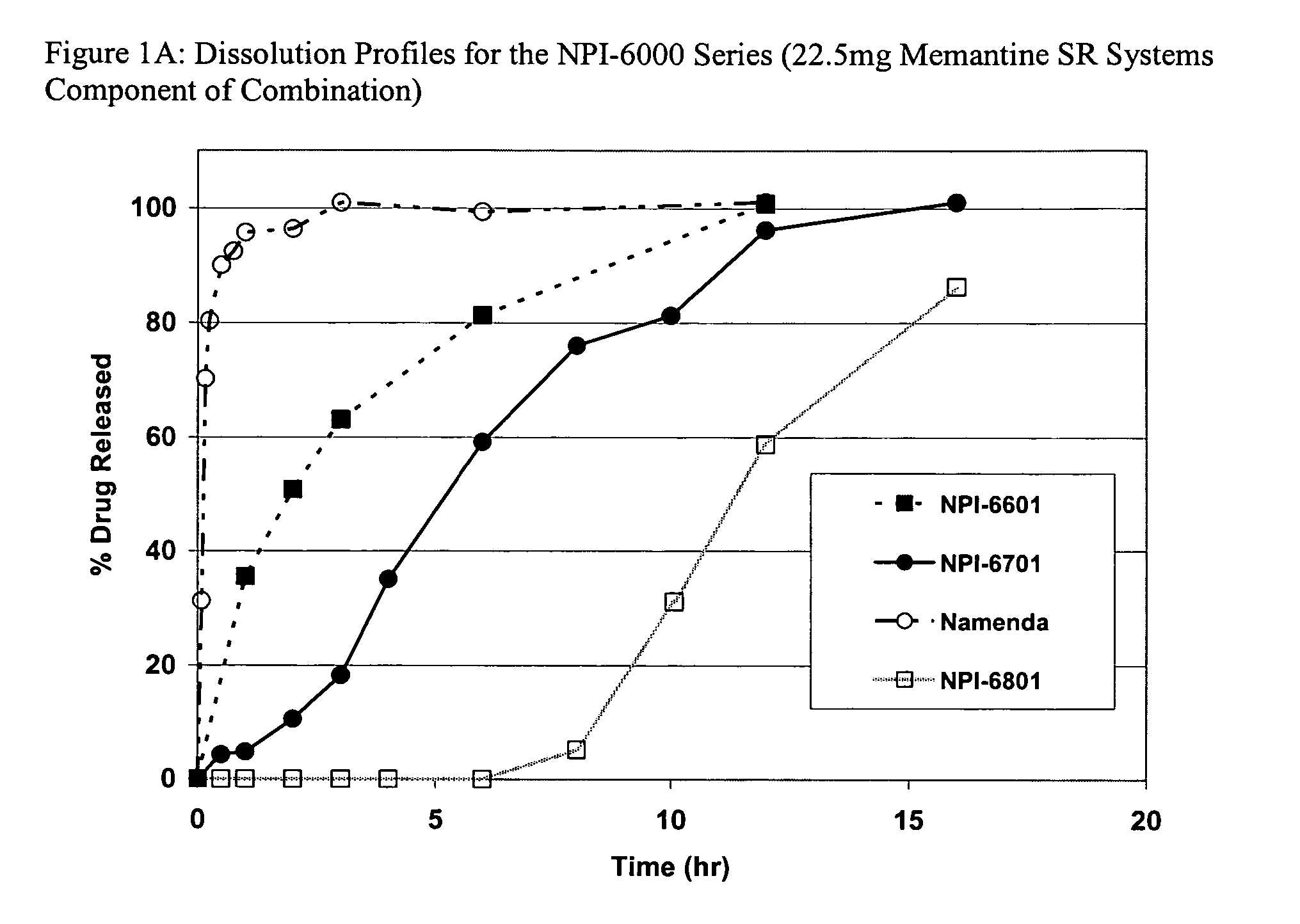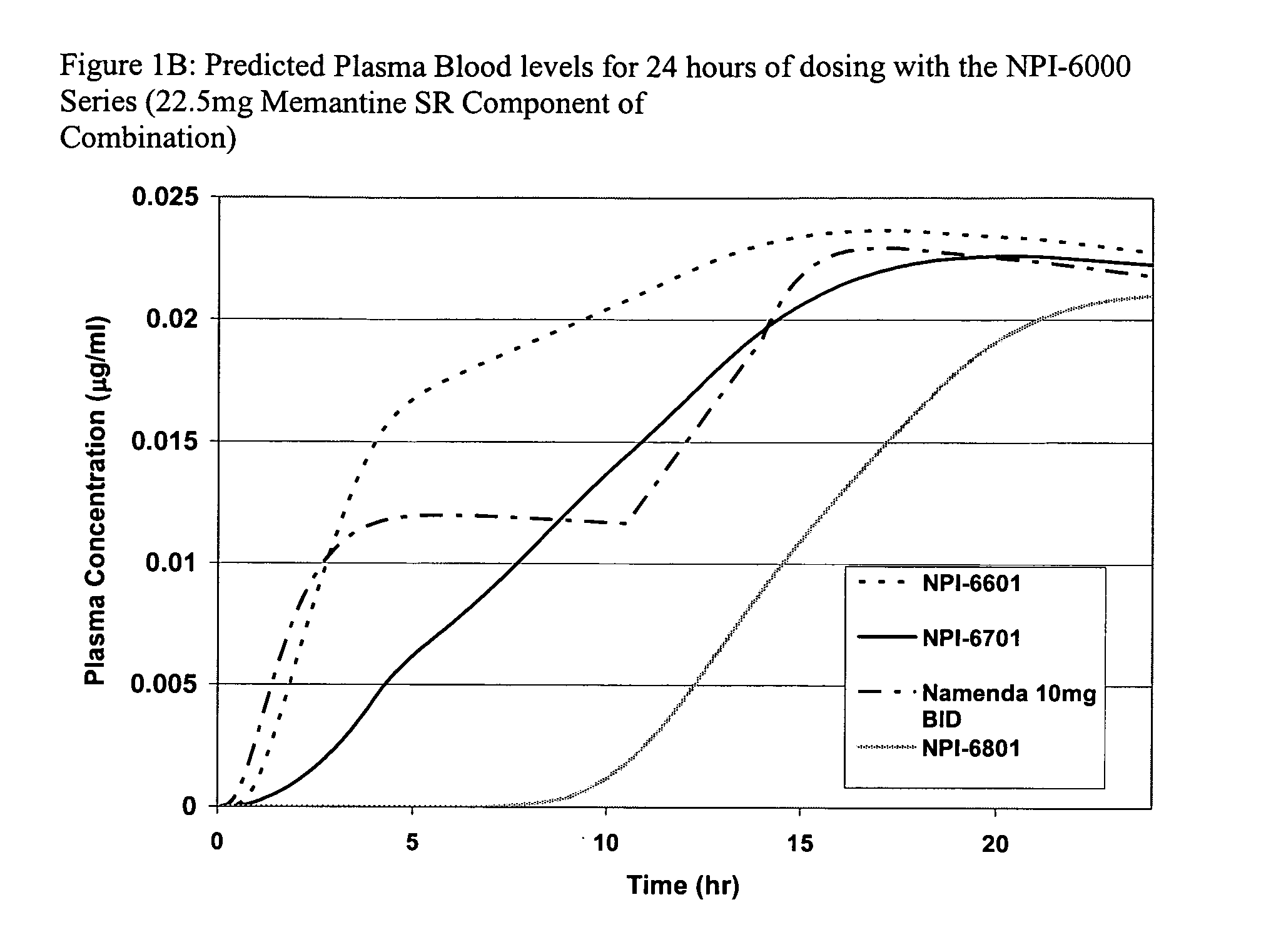Methods and compositions for treating nociceptive pain
- Summary
- Abstract
- Description
- Claims
- Application Information
AI Technical Summary
Benefits of technology
Problems solved by technology
Method used
Image
Examples
example 1
In vivo Method for Determining Optimal Steady-State Concentration Ratio (Cratio,ss)
[0079] A dose ranging study is performed in an appropriate model of neuropathic pain (e.g., tight ligation of the L5 spinal nerve described by Chung, et al. Neurosci Lett 162, 85-8 (1993).) or the rat model of incisional pain described by Brennan, et al. Pain 64, 493-501 (1996). An isobolic experiment ensues where the drugs are combined in fractions of their EDXXs to add up to ED100 (e.g., ED50:ED50 or ED25:ED75). The plot of the data is constructed. The experiment points that lie below the straight line between the ED50 points on the graph are indicative of synergy, points on the line are indicative of additive effects, and points above the line are indicative of inhibitory effects. The point of maximum deviation from the isobolic line is the optimal ratio. This is the optimal steady state ratio (Cratio,ss) and is adjusted based upon the agents half-life. Similar protocols may be applied in a wide v...
example 2
Combinations
[0080] Representative combination ranges and ratios are provided below for compositions of the invention. These ranges are based on the formulation strategies described herein.
Adult Dosage and Ratios for Combination TherapyNMDA drugQuantity, mg / day / (Second agent: NMDA Ratio Range)mg / dayMorphineLidocaineOxymorphoneFentanylIbuprofenCelecoxibProcaineMemantine / 5-755-755-755-7550-75050-7505-752.5-80(0.06-30) (0.06-30) (0.06-30) (0.06-30) (0.6-300) (0.6-300)(0.06-30) Amantadine / 5-755-755-755-7550-75050-7505-7550-400(0.01-1.5)(0.01-1.5)(0.01-1.5)(0.01-1.5)(0.1-15)(0.1-15)(0.01-1.5)Rimantadine / 5-755-755-755-7550-75050-7505-7550-200(0.02-1.5)(0.02-1.5)(0.02-1.5)(0.02-1.5)(0.2-15)(0.2-15)(0.02-1.5)
example 3
Release Profile of Memantine and Morphine
[0081] Release proportions are shown in the tables below for a combination of memantine and morphine. The cumulative fraction is the amount of drug substance released from the formulation matrix to the serum or gut environment (e.g., U.S. Pat. No. 4,839,177).
MEMANTINEMORPHINET½ = 60 hrsT½ = 70 hrsTimecum. fraction Acum. fraction B10.20.220.30.340.40.480.50.5120.60.6160.70.7200.80.8240.90.9
PUM
| Property | Measurement | Unit |
|---|---|---|
| Fraction | aaaaa | aaaaa |
| Fraction | aaaaa | aaaaa |
| Fraction | aaaaa | aaaaa |
Abstract
Description
Claims
Application Information
 Login to View More
Login to View More - R&D
- Intellectual Property
- Life Sciences
- Materials
- Tech Scout
- Unparalleled Data Quality
- Higher Quality Content
- 60% Fewer Hallucinations
Browse by: Latest US Patents, China's latest patents, Technical Efficacy Thesaurus, Application Domain, Technology Topic, Popular Technical Reports.
© 2025 PatSnap. All rights reserved.Legal|Privacy policy|Modern Slavery Act Transparency Statement|Sitemap|About US| Contact US: help@patsnap.com



